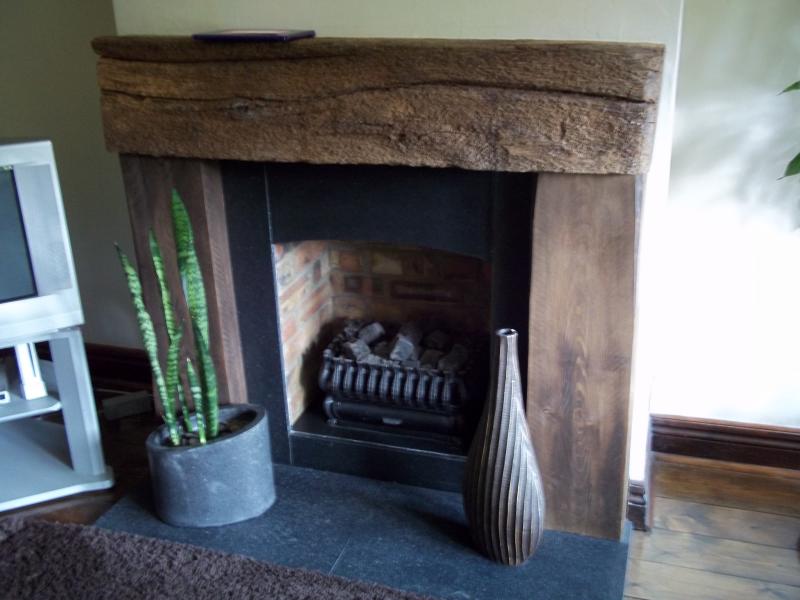- Joined
- 8 Jun 2020
- Messages
- 4
- Reaction score
- 0
- Country

Hello all first post, really hoping someone can help me. I have a 50” by 5” oak beam to fix above my open fireplace. I have decided to go the resin filled anchor route for a good solid fixing. The beam is about 10kg so not the heaviest.
my biggest issue is how do I keep 5 rods level and straight while curing. If the cure time is as little as 8 minutes it doesn’t seem long enough to make sure the threaded M12 bolts haven’t begun to droop.
I was considering buying the nylon sleeves but they seem to be for hollow walls. Mine is a solid brick chimney breast with about 16mm of render. Would the sleeves be as effective as I’ve noticed they hold the rods nice and level but require a larger hole to be drilled.
sorry for the rambling, I’m scaring myself off from starting this project!
my biggest issue is how do I keep 5 rods level and straight while curing. If the cure time is as little as 8 minutes it doesn’t seem long enough to make sure the threaded M12 bolts haven’t begun to droop.
I was considering buying the nylon sleeves but they seem to be for hollow walls. Mine is a solid brick chimney breast with about 16mm of render. Would the sleeves be as effective as I’ve noticed they hold the rods nice and level but require a larger hole to be drilled.
sorry for the rambling, I’m scaring myself off from starting this project!



